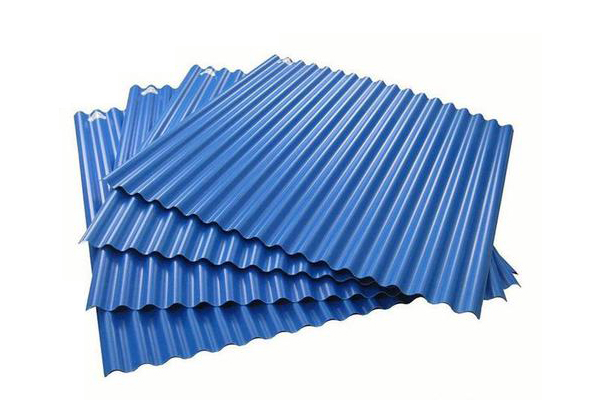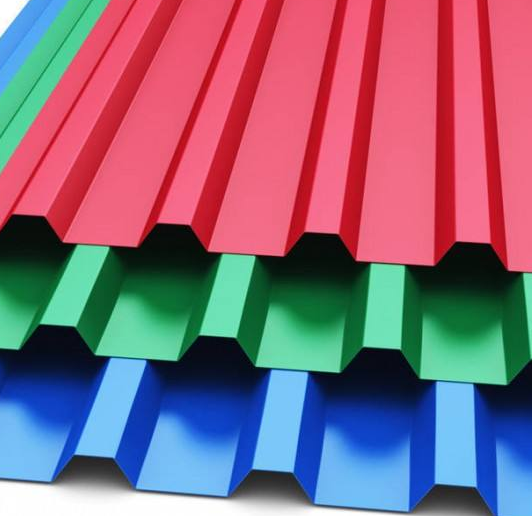There are two installation and fixing methods for color steel plates: penetrating and concealed with hidden buckles. Penetrating fixation is the most commonly used method for installing colored steel plates on roofs and walls, which involves using self tapping screws or rivets to secure the plates to the supports. Penetrating fixation can be divided into peak fixation, valley fixation, or a combination thereof. Concealed fixing with concealed buckles is a method of fixing a specially designed concealed buckle that is matched with a concealed color steel plate to a support, with the female rib of the color steel plate and the central rib of the concealed buckle meshing together. It is generally used for the installation of roof panels.
The lateral and end overlap of the color steel plate. When installing each steel plate, its edges should be accurately overlapped and placed on the previous colored steel plate, and clamped with the previous steel plate until both ends of the steel plate are fixed. A simple and effective method is to use a pair of pliers to clamp the overlapped steel plates separately. When the steel plate is positioned longitudinally, its end, especially the upper end, needs to be clamped with pliers to ensure that one end of the steel plate is in place and the overlap at one end is also in the correct position, thereby fixing the steel plate. During the fixing process, the pliers should always clamp the steel plate longitudinally. Before installing the next steel plate, each steel plate must be completely fixed. The fixation must start from the center of the steel plate, then extend to both sides, and finally fix the overlapping edges of the steel plate. For end lap joints, as the roof and wall outer panels are made by continuous processing, steel plates can be supplied according to the length limited by transportation conditions. Usually, lap joints are not required, and the steel plate length is sufficient to meet the needs of roof laying.


Selection of self tapping screws. When selecting fixing screws, the fixing parts should be chosen according to the service life of the structure, and special attention should be paid to whether the service life of the outer covering material is consistent with the specified service life of the fixing parts. At the same time, it should be noted that the thickness of the steel purlin should not exceed the self drilling capacity of the screw. The screws currently supplied can come with plastic heads, stainless steel caps, or coated with special durable protective layers. In addition, except for the screws used for concealed fastening, all other screws come with waterproof washers, and are equipped with corresponding special washers for lighting panels and special wind pressure situations.
The installation of color steel plates is relatively easy to master, while some details are more important to handle. For colored steel plates used on roofs, corresponding edge finishing work should be carried out at the roof and eaves to effectively prevent rainwater from entering the roof. The outer panel of the roof can be folded upwards between the ribs at the end of the steel plate using edge closing tools at the ridge. It is used at the upper end of all roof steel plates with a slope less than 1/2 (250) to ensure that water blown in by the wind under the flashing or cover does not flow into the building.
In southern China, color steel plates are generally designed as single-layer color steel plates. In order to reduce the entry of solar radiation heat into the interior of buildings, insulation layers can be installed in the roof system when installing roof panels. A very simple, economical and effective method is to lay a double-sided reflective foil film on the purlin or Flat noodles before installing the roof steel plate. This method can also be used as steam isolation to reduce condensation.

In the design of large-span and large-area factories, in order to have sufficient brightness, lighting strips are often designed and generally arranged in the middle of each span. The setting of daylighting panels not only increases the degree of daylighting, but also increases the transfer of solar heat and raises the temperature inside the building.
Post time: Sep-12-2024

